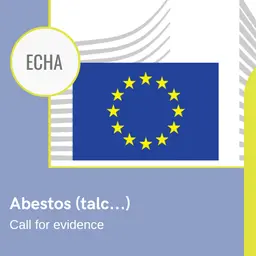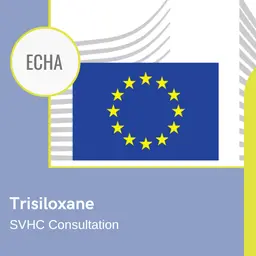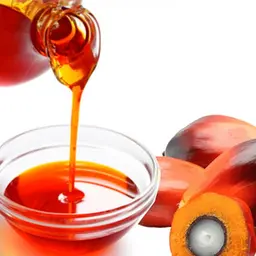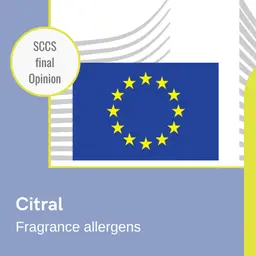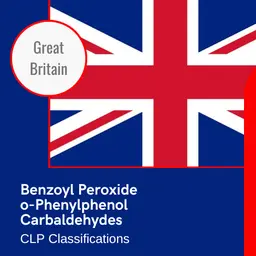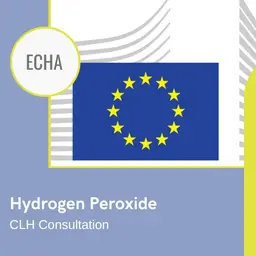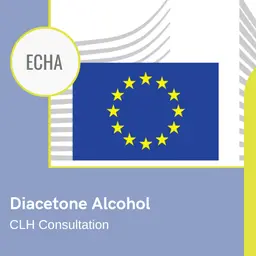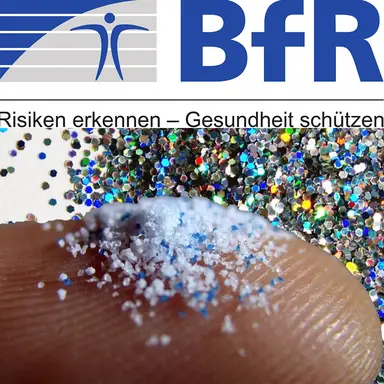
Plastics are present just about everywhere in the human environment nowadays. Global production of plastic is growing and more and more plastics end up in the environment. That this topic has an effect on aquatic ecosystems has been known for a long time. There is currently a lot of public discussion about the possible health risks facing consumers through the possible entry of microplastics into the food chain. The German Federal Institute for Risk Assessment (BfR) has published a FAQ to answers some frequently asked questions about microplastics, with some focus on cosmetics.
Why are plastic microparticles used in cosmetic products?
Microplastic particles can be used in cosmetic products such as shower gels, exfoliants and toothpaste to very gently remove skin flakes, dirt or plaque. According to information supplied by the European cosmetics association Cosmetics Europe, the quantity of microplastic particles used in this way was reduced by 97% in the years between 2012 and 2017. The BfR does not currently have any data on this, however.
According to estimations made by the European Chemicals Agency (ECHA), microplastic particles made up 0.2% of the microplastics produced in the European Economic Area in 2017. ECHA has now proposed that the use of these microplastic particles be banned in cosmetic products from 2020.
At the request of the European Commission, ECHA prepared a restriction proposal for microplastics deliberately added to products.
Does the use of microplastics in cosmetic products have to be declared?
All constituents of a cosmetic product are listed in decreasing concentrations in the list of ingredients (INCI list). It does not have to be declared, however, whether they are used as microplastic particles in the cosmetic product.
To manufacture microplastic particles, the raw materials used, such as ethylene, are polymerised to large complexes in order to form a particle. In addition to their function as “little cleaning balls”, polyethylene polymers are used to control the viscosity and formation of films in cosmetic products. The polyethylene used there is shorter chained, however, which means that it occurs as a liquid and not as a particle. If the ingredients are used as the sole criterion, therefore, it cannot be recognised whether a raw material exists in the form of particles.
Are consumers faced with a direct health risk if they use cosmetic products with plastic microparticles?
The BfR has dealt with the question as to whether dermal or unintentional oral intake of microplastic particles from shower gels, exfoliants and toothpaste can pose a health risk. According to the latest available knowledge, a health risk of this kind is unlikely for consumers, in the view of the BfR, as the microplastic particles used in exfoliants and shower gels are much larger than 1 micrometre (1 µm equals 0.001 mm). With particles of this size, uptake through healthy, intact skin is not to be expected if the product is put to its foreseeable use. Even when toothpaste is swallowed, it has to be assumed due to the molecular size that intake via the gastrointestinal tract only occurs to a small extent and only with particles with a size of only a few micrometres, and that the majority of the particles are excreted with stool. It is unlikely that any health-relevant quantities of ethylene are released from polyethylene microplastic particles during passage through the gastrointestinal tract.
More research on microplastics is required to acquire reliable data which will help to make a better estimation of the health risk they pose to consumers.
Are there any analytical methods to detect microplastics in consumer products and foods?
There are currently no uniform definitions for microplastics and no validated, i.e. generally recognised and tested, methods for the identification and quantitative analysis of microplastics. The large variety of plastics makes qualitative (i.e. the identification of the plastic material) and in particular the quantitative (i.e. the number of microparticles measured) analysis of microplastics more difficult. Various analytical approaches for determining and quantifying microplastics are currently the subject of scientific discussion.
Can microplastics be a transport vehicle for other undesired substances?
It has been reported that substances can attach themselves to microplastic particles. These substances, e.g. polychlorinated biphenyls (PCB) or polycyclic aromatic hydrocarbons (PAH) can interact with the microplastic particles depending on their physicochemical surface properties. Whether uptake via these microplastic particles, which are charged with substances, can actually contribute to human exposure has not been investigated yet. Whether contaminants that may have bonded with the cells of the particles can be released again or whether they remain permanently bonded to the particles has not been sufficiently researched either.
A model calculation made by the European Food Safety Authority (EFSA 2016) shows that daily intake of PCB and PAH through the consumption of contaminated microplastic particles in mussels can increase by a mere 0.006% where PCB are concerned, and less than 0.004% where PAH are concerned compared to other intake pathways.
Source
• Microplastics: Facts, research and open questions, FAQ to the BfR, 5 June 2019




